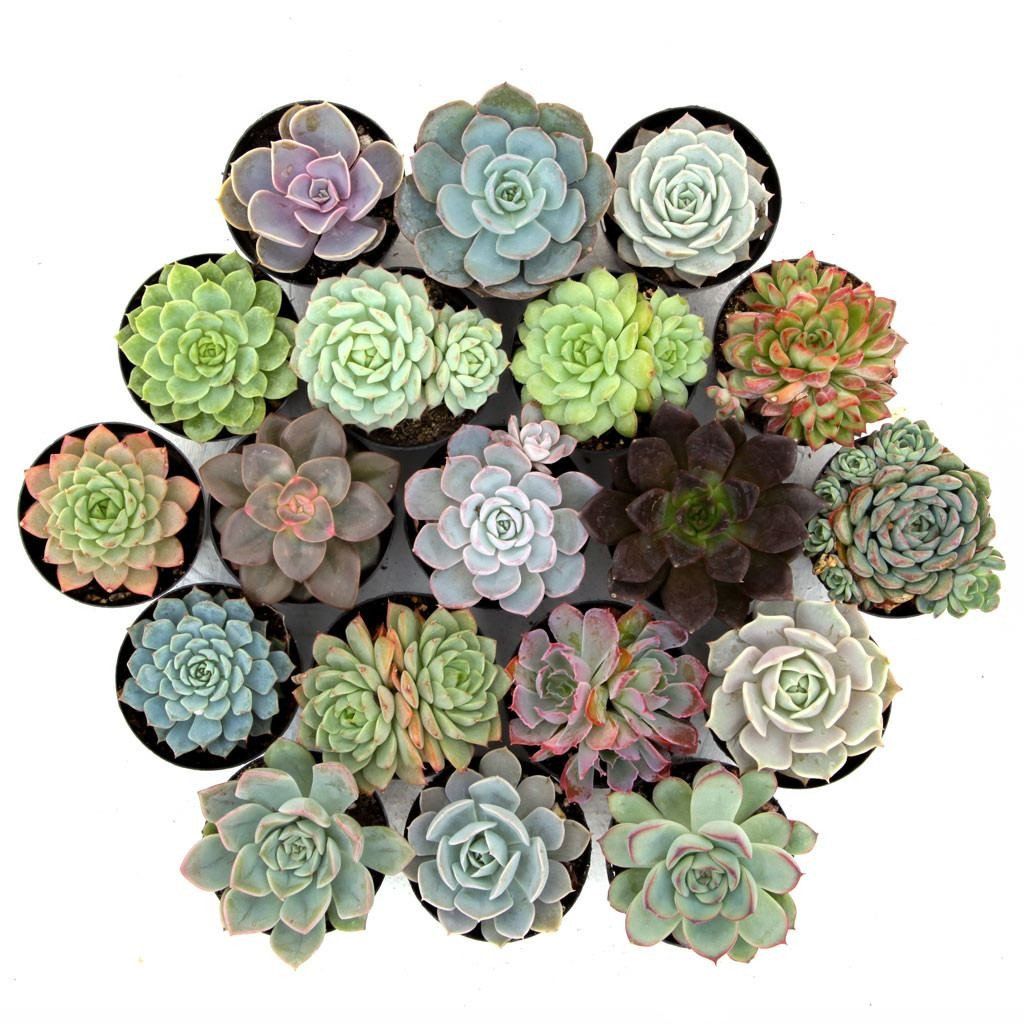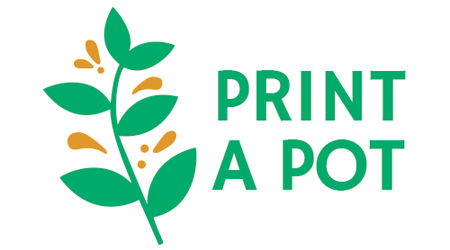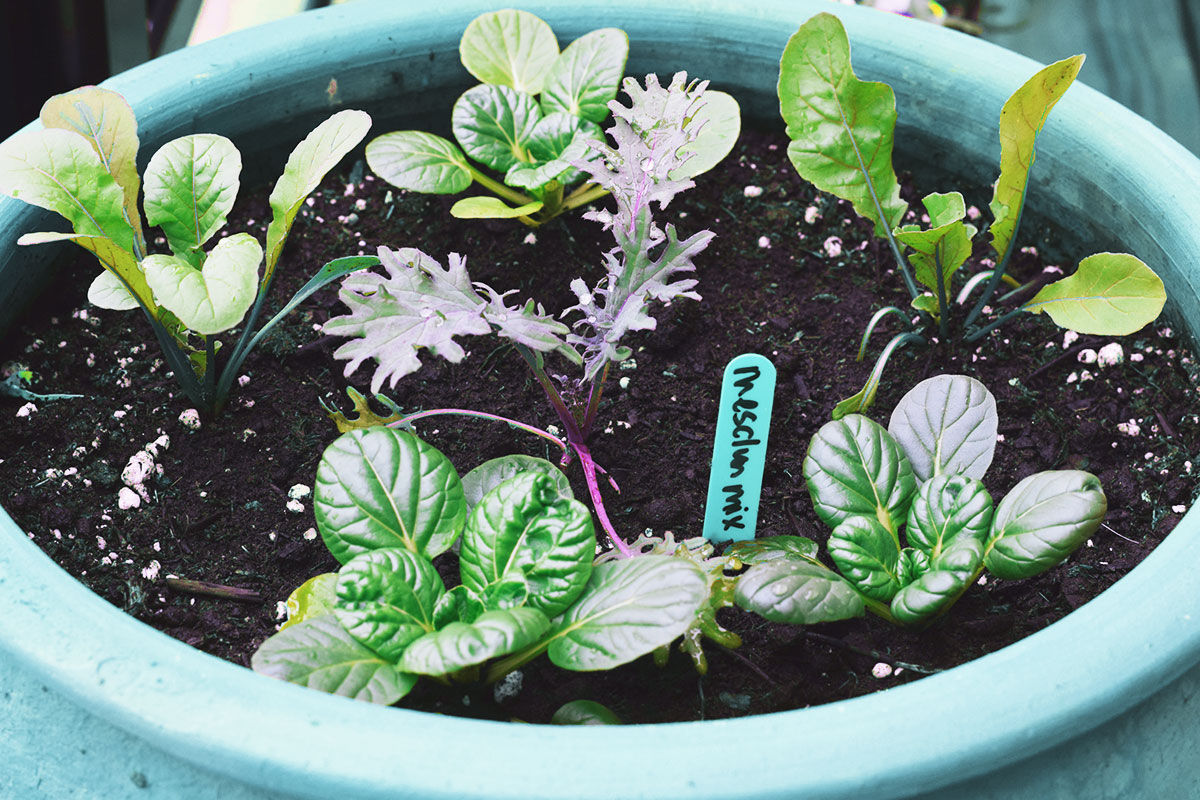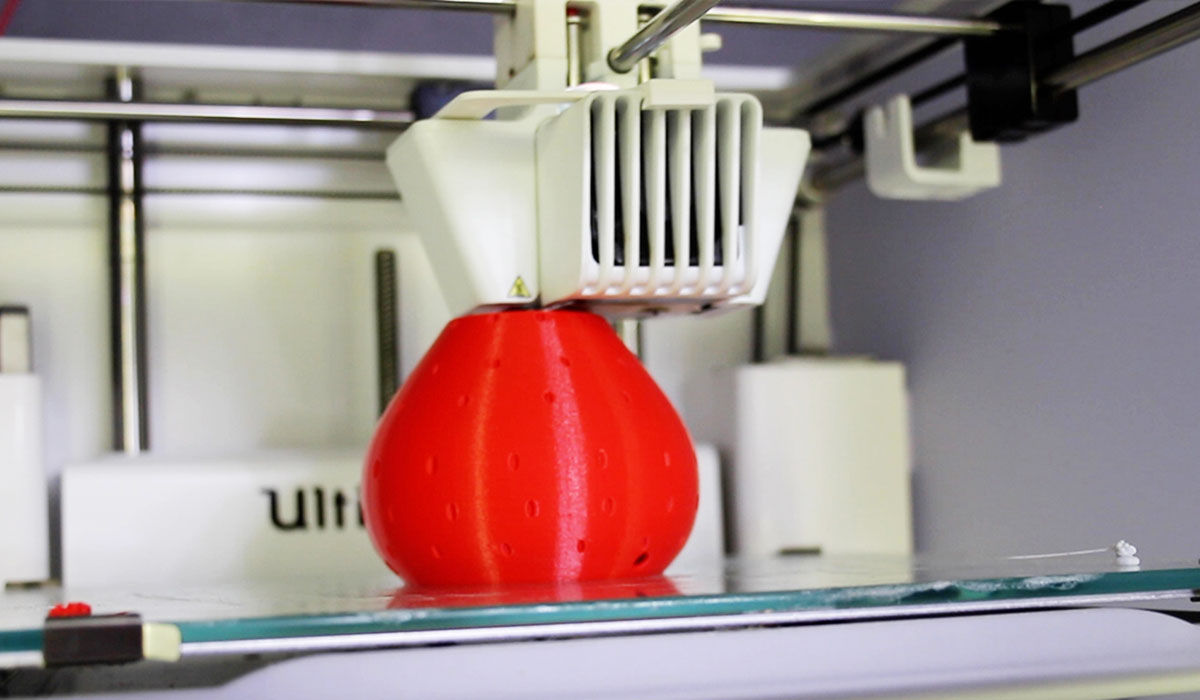If you’re looking to grow beautiful succulents, you may be tempted (or have already started!) to grow echeverias. Echeverias are rosette-type succulents that come in many different colors, ranging from all green to green with pink tips to even black! Once you start your echeveria collection and start caring for these cute rosettes, you may find that they don’t exactly look how they did online. What are the best conditions to grow echeveria? And how can you get them to look like the pictures online?
Proper Sunlight
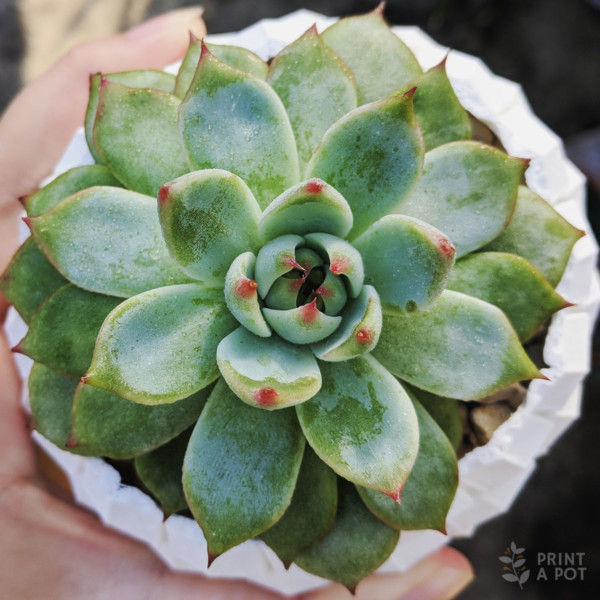
For types like Echeveria Black Prince and Echeveria colorata, their special coloring requires light stress, which means direct sunlight or direct exposure to a grow light. When echeverias don’t receive light stress, their coloring is most likely green.
With high amounts of direct light exposure, Echeveria Black Prince plants will develop black or dark-colored leaves. Other types, like this E. colorata, can develop pinkish or reddish tips.
Proper light exposure will also reduce the succulent’s chances of becoming etoliated, which is what happens when they grow a long stem to receive more light. Providing enough light throughout the life of this plant means it will grow a tight rosette instead of one with many gaps in between the leaves.
The correct amount of sun will also affect how the echeveria’s leaves sit. If they flatten, they need more sun. Having leaves that angle upward means it’s receiving the right amount of light.
How can you provide enough sunlight when you have frosts, snow, or icy conditions outside? Grow lights would be necessary to keep your succulents happy during cold or bad weather! I use a clamp lamp with bright white CFL bulbs, which is very bright. These 23 watt bulbs generate a bit of heat, so they can help keep your plants warm during chilly winter days!
If you live in an area like Florida or California, you can place your succulents outside nearly year round. This is a photo of an Echeveria lola I have that lived in low light conditions for several months…once it was placed outside with a draining pot, it grew a beautiful rosette!

Proper Watering
Another reason an echeveria’s leaves can angle downward is if it’s not receiving enough water. This is similar to how sempervivums’ leaves angle down when they’ve not had enough water. If your succulent is continually deprived of the water it needs, its lower leaves will dry out faster than normal. It’s always a good idea to water deeply when you water your succulents. Thin-leafed Echeverias can likely tolerate waterings more often than ones with thick leaves, as thin-leafed varieties store less water in their leaves.
Where to Buy
If you’re interested in Echeverias but don’t know where to start, Leaf & Clay has a gorgeous Echeveria mixed pack where you can buy as few as 6 or as many as a hundred!
If you love pastel and want a bit of plant variety (some Echeverias along with other succulent types), you could try Leaf & Clay’s Pastel Party. You may get an Echeveria Perle von Nurnberg, an Echeveria Mexican Snowball, or Graptoveria hybrids.
Local succulent nurseries are also great so you can pick out exactly the plants you want to take home!
Regardless of where you get your first Echeveria plant(s), you will have beautiful rosette succulents as long as you provide plenty of light and enough water!

